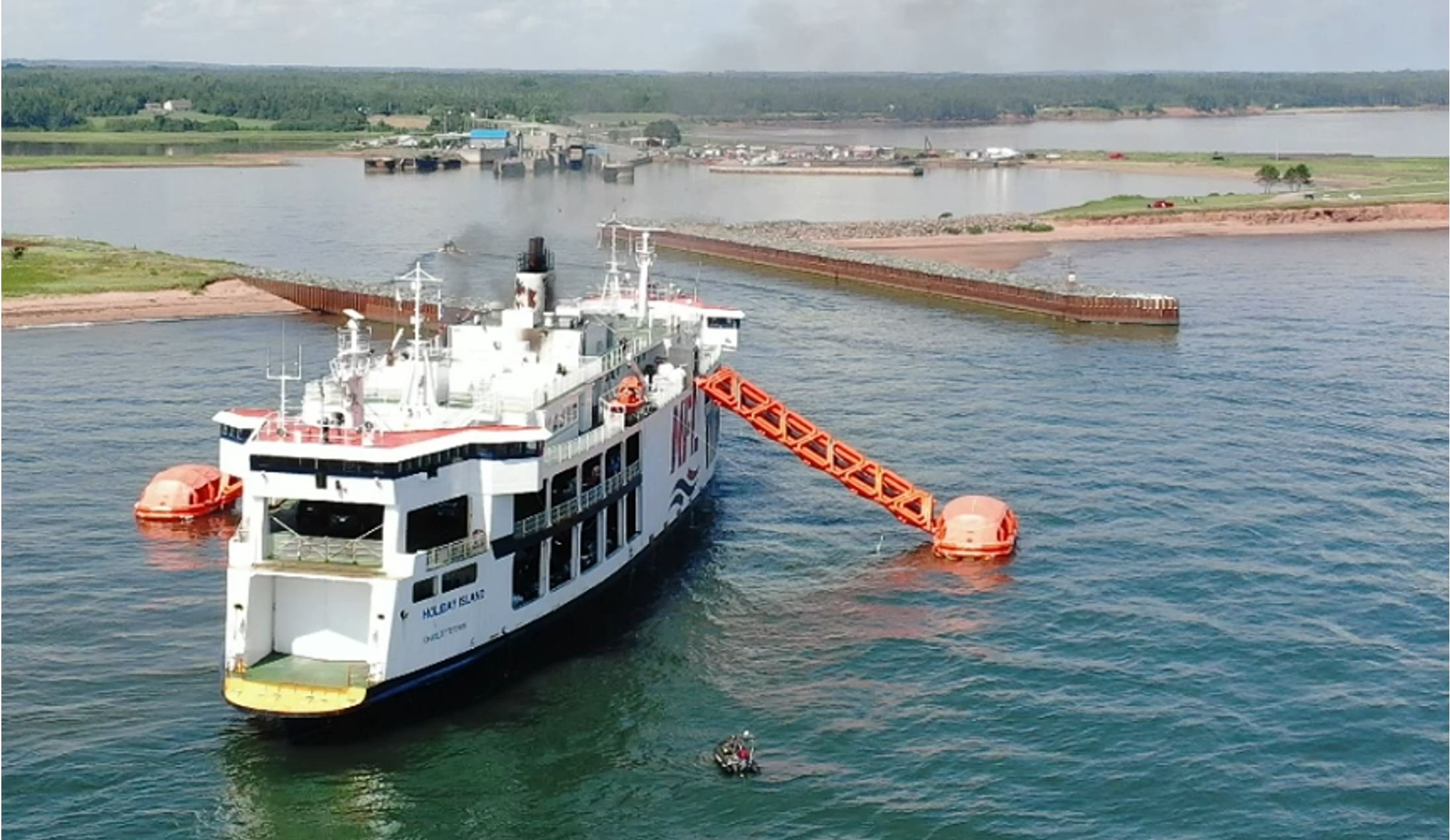Investigation follows report into 2022 marine fire in PEI that TSB calls 'canary in the coal mine'

The Transportation Safety Board of Canada (TSB) launches a sweeping national safety investigation into vessel fires and emergency response across the country, aiming to address systemic risks that have repeatedly surfaced in Canada’s marine sector. The move follows the release of the TSB’s investigation report into the 2022 fire and flooding aboard the Holiday Island ferry near Wood Islands, Prince Edward Island—a crisis that exposed critical gaps in emergency preparedness and regulatory oversight.
“We’re not just concluding an investigation. We’re opening the door to a national conversation on vessel fire safety, and encouraging all stakeholders to actively participate in that discussion,” says Yoan Marier, chair of the TSB, at a press conference. “Our goal is clear: to ensure that every person who steps aboard any vessel in Canada can do so with confidence that systems are in place to protect them. The Holiday Island and others before it are canaries in the coal mine. They serve as warnings of deeper, systemic issues within our marine safety framework. They reveal cracks that, if left unaddressed, could widen into far more serious consequences.”
The national investigation, designated M24A0348, seeks to engage marine operators, firefighting services, ports, harbours, and other key partners to build a clearer understanding of how vessel fires are managed and to identify gaps in Canada’s preparedness for marine emergencies. The TSB’s action comes as its latest report highlights the risks of vessel fires overwhelming crews’ ability to respond—risks that have persisted despite years of recommendations and regulatory changes.
The roots of this national inquiry lie in the July 22, 2022, incident aboard the Holiday Island ferry. As the vessel approached Wood Islands with 236 passengers and 22 crew, a fire erupted in the engine room after a non-standard repair to the fuel injection system failed, spraying fuel onto hot engine components. The crew attempted to contain the fire, deploying anchors and activating the carbon dioxide suppression system, but unclear instructions led to a delay in its use. Passengers and non-essential crew were safely evacuated, but the fire continued to burn, and the vessel was ultimately abandoned and later declared a total loss.
The TSB’s investigation finds that confusion over the role of the “authorized representative”—the person legally responsible for a vessel’s safety—contributed to the crisis. In this case, the Minister of Transport held that role, with operational responsibilities shared between Transport Canada and Northumberland Ferries Limited. “Many staff members at Transport Canada and [Northumberland Ferries Limited] were unsure of the roles’ requirements or who was responsible for carrying out the responsibilities,” Marier explains. “The lack of clarity extended into critical areas such as operations, emergency repairs, and oversight. Communications between the operator and Transport Canada were informal, and oversight of vessel maintenance and operations was limited.”
The Board now recommends that Transport Canada provide comprehensive guidance for authorized representatives, outlining the full scope of their responsibilities. “If authorized representatives do not have a clear understanding of the scope of their responsibilities with respect to safety, vessels may operate without the minimum defenses provided by meeting regulatory requirements and critical safety obligations can be inadequately addressed or worse, overlooked,” Marier warns.
Marier underscores that these issues are not unique to the Holiday Island. “The same safety deficiencies are coming up again and again,” he says, referencing similar findings in previous investigations. “This occurrence is another example of the risks related to vessel fires and the challenges of responding effectively when every second counts.”
Asked whether it is safe to travel by ferry in Canada, Marier responds: “Vessels and ferries operate constantly across Canada. They transport thousands and thousands of passengers with very little incidents. So to answer your question, is the system safe? I would say yes, but the fact that there are few incidents doesn’t mean that there are gaps that need to be fixed. And this is the purpose of our investigations—to identify these gaps, bring them to the public attention so that they can be addressed.”
The TSB’s national safety issue investigation intends to produce a comprehensive report, likely with further recommendations, to close those gaps at a systemic level. “We’ll be working with marine operators, firefighting services, ports and harbors, and other key industry partners, to build a clearer picture of how vessel fires are currently managed, to identify areas of improvement in Canada’s preparedness for marine emergencies,” Marier says.
As the TSB opens this new chapter in marine safety, Marier reiterates the agency’s core mission: “The sole aim is the advancement of transportation safety. It is not the function of the Board to assign fault or determine civil or criminal liability.” The hope is that this national investigation will drive real change, ensuring that every Canadian can board a vessel with confidence in the safety systems designed to protect them.




